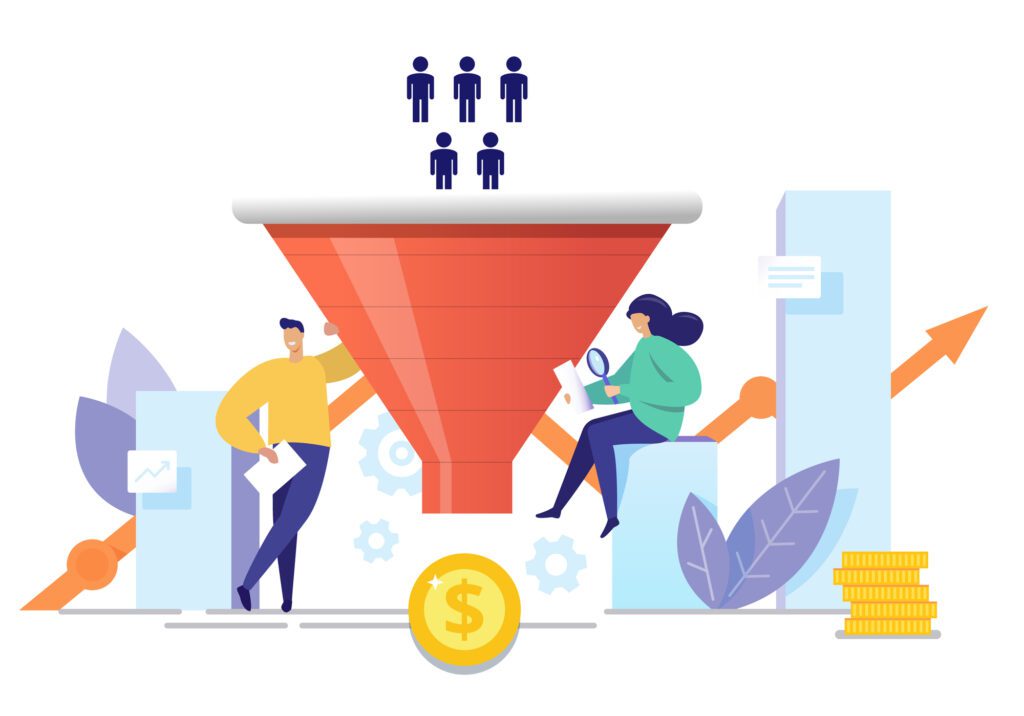DSPs weren’t built for programmatic account-based marketing (ABM).
A demand-side platform’s main purpose in life is to maximize the efficiency of every impression, usually at the device level, whereas B2B marketers use ABM to identify and target campaigns against lists of companies.
These objectives are at odds.
On Wednesday, B2B intent data provider Bombora introduced a solution called iABM (intelligent ABM, get it?), available exclusively within The Trade Desk, that uses a custom algorithm built by Chalice AI to regulate ad delivery, manage frequency capping and provide transparent reporting for B2B marketers.
Historically, there’s been no easy way to do all that at the account level in a DSP because a DSP’s main reason for being is to find the lowest-cost media and audiences possible for its advertisers, said Mark Dye, Bombora’s chief strategy officer.
“That’s why programmatic is hard for B2B marketers,” Dye said. “DSPs aren’t designed to give control at the account level.”
Small with mighty potential
Say a B2B marketer has 20,000 companies on its account list and 10% of those are big multinational firms, including some with tens of thousands of employees.
A DSP without ABM-aware controls in place would blithely serve the majority of impressions in a campaign to employees at the biggest companies because they represent a larger pool of devices, making them easier to find.
The end result, Dye said, is that a subset of a target account list gets overexposed while most of the other companies may not receive any impressions at all.
“And that’s actually because DSPs are doing their job to find the path of least resistance,” he said.
But managing frequency at the company level is critical for B2B marketers, said Jacob Beck, senior director of digital activation at Dentsu-owned Merkle.
If all impressions are directed toward the buying teams at a few large companies, the marketer responsible is missing out on reaching what could be thousands of smaller in-market prospects.
“Getting the opportunity to present our clients’ offerings to every company on an ABM list both big and small is something we should strive for,” Beck said. “Because closing a deal is closing a deal.”
On the ID map
The iABM solution – the genesis for which came from a request that Beck made while on a call with Dye around two and a half years ago – works because Bombora has a direct integration with The Trade Desk.
This integration gives Bombora access to a large pool of roughly six to seven million Trade Desk IDs monthly, including UID2 identifiers and cookie-based IDs.
In order to map these IDs to company domains and impressions served by The Trade Desk, Chalice created an identity graph, which is what a buyer like Merkle can use to control ad frequency.
Knowing that a group of IDs all correspond to one company means that the DSP can monitor them as a single cohort and stop serving ads when a campaign reaches its frequency cap.
This allows for better pacing and efficiency, said Ben Sylvan, The Trade Desk’s GM of data partnerships. It also gives brands the power to refine their targeting to specific segments within a specific company.
“Once that goal is achieved, that budget will then be spent on another company you want to spend against, then another and so on,” Sylvan said. “That sort of pacing was much harder to pull off before this integration.”














